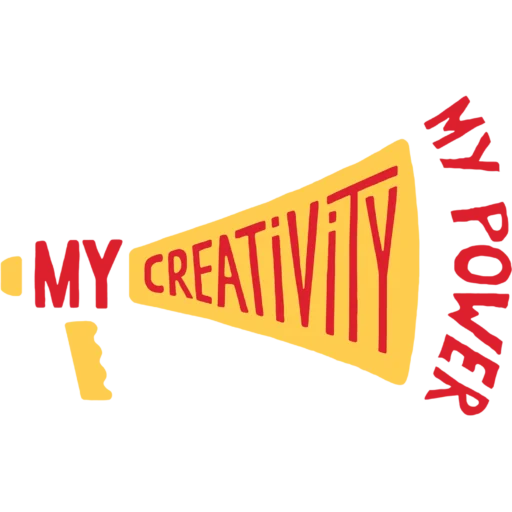Musical Circle
Description
The musical circle is a circle composed of people playing different instruments (mainly percussion). The whole group expresses and experiences rhythm and music as a natural happening and lets their creativity and imagination flow.
Target group
Number of participants
Min. 7, max. 20 + 1-2 trainers
Environment
Materials
Objective/aim
Step by step instructions
Step 1.
All the people are in a circle (seating or standing). One starts a rhythm and the other ones follow. Then one person of the group improvises with body, sounds (percussion) or voice (declamation). It can be done more than one round, in order to develop or improve rhythmical skills.
Step 2.
Now the group should think about a story or use drawings to transfer the message/image into music. This exercise can be sustained by active listening to music (mostly programmatic music for ex. Vivaldi or Debussy, Einaudi......)
Step 3.
The facilitator uses a ball and throws the ball up or makes it roll on the ground. The ball has not only its own movements and a rhythm but also new qualities like flying or rolling, which can be for example soft, strong of fast. The person with the instruments tries to follow the “story“ and the “development“ of the ball by playing a rhythm. First one by one can try to create their own rhythm following the ball.
Step 4.
Then the whole group reproduces the ball´s movements through the music.
Step 5.
The aim of the final step is to create a music ensemble with the different contributions from Step 1 to Step 4. Body, movement, voice, images, drawings are used to follow the rhythm given by a certain group of participants of the facilitator.
